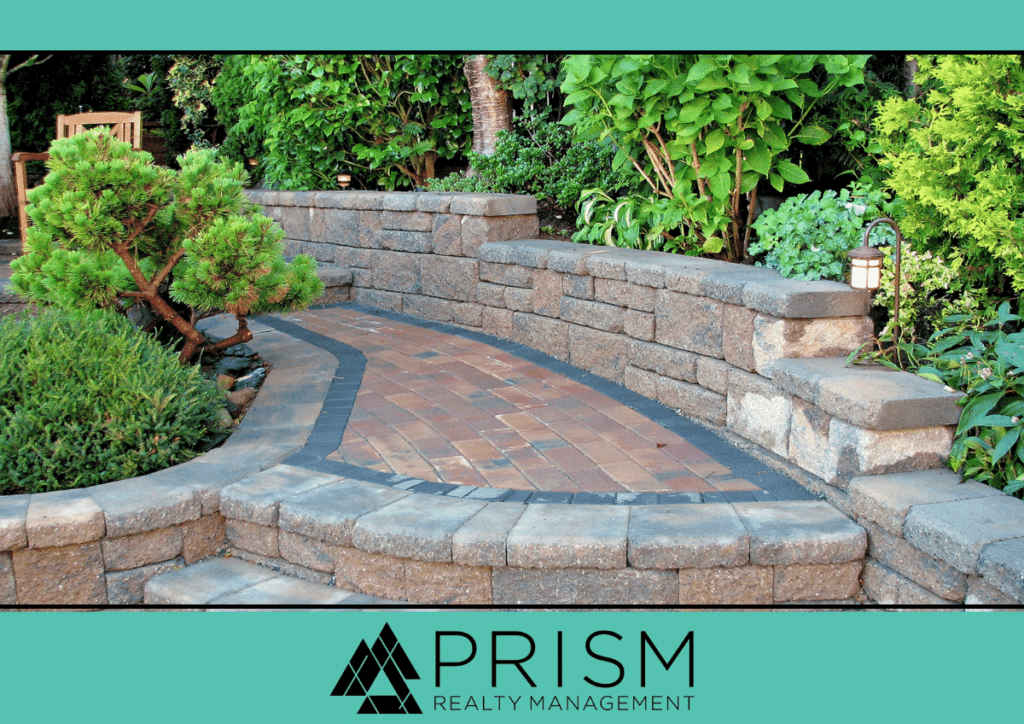When it comes to transforming the outdoor spaces around your home, landscaping is a term that often comes to mind. However, another equally important aspect that plays a pivotal role in creating aesthetically pleasing and functional outdoor environments is hardscaping. In this blog, we’ll explore what hardscaping is, how it differs from landscaping, and what Austin-area homeowners need to know about incorporating hardscape elements into their outdoor spaces.


Understanding Hardscaping
Hardscaping refers to the non-living, permanent elements in your outdoor space. Unlike landscaping, which primarily focuses on living elements such as plants, trees, and flowers, hardscaping involves the design and installation of features like patios, walkways, retaining walls, decks, driveways, and more. Essentially, hardscaping adds structure, functionality, and visual appeal to your outdoor area.
Distinguishing Hardscaping from Landscaping
While landscaping and hardscaping often work hand in hand to create a harmonious outdoor space, it’s crucial to understand the key differences between the two. Landscaping deals with soft elements, emphasizing the use of living things like plants and grass to enhance the natural beauty of the environment. Hardscaping, on the other hand, involves the incorporation of hard materials to define and organize the space, providing both practical and aesthetic benefits.
What Homeowners Need to Know
- Design Cohesion: When planning your outdoor space, it’s essential to ensure that landscaping and hardscaping complement each other. Achieving a cohesive design involves selecting materials, colors, and styles that harmonize with the natural surroundings and the architecture of your home.
- Functionality: Hardscaping features serve various practical purposes. Patios provide a space for outdoor entertainment, walkways guide visitors through the garden, and retaining walls offer both structural support and visual interest. Consider how each hardscape element will enhance the functionality of your outdoor space.
- Maintenance: Unlike living elements, hardscape features generally require less maintenance. However, it’s essential to choose materials that withstand the local climate and require minimal upkeep. Regular cleaning and occasional repairs may be necessary to keep hardscaping elements in top condition.
Examples of Hardscaping in Use
- Patio Retreats: Create a cozy outdoor retreat with a well-designed patio. Incorporate features like comfortable seating, a fire pit, or an outdoor kitchen to make your patio an extension of your living space.
- Pathways and Walkways: Guide visitors through your garden or connect different areas of your property with elegantly designed pathways. Materials like pavers, flagstone, or gravel can add texture and visual interest.
- Retaining Walls: Ideal for both functional and aesthetic purposes, retaining walls can level uneven terrain, prevent soil erosion, and create visually appealing terraced landscapes.
- Water Features: Enhance the tranquility of your outdoor space with water features like fountains, ponds, or waterfalls. These hardscape elements add a sense of serenity and can become focal points in your garden.
How Will You Put Hardscaping To Use?
Incorporating hardscaping into your Austin-area home’s outdoor design not only adds structural elements but also enhances the overall beauty and functionality of your space. By carefully planning and integrating hardscape features with your landscaping, you can create a harmonious outdoor environment that suits your lifestyle and adds value to your home. Whether you’re looking to revamp an existing space or create a new one, understanding the principles of hardscaping will undoubtedly contribute to the success of your outdoor project.
Have questions about hardscaping, landscaping, or anything else real estate-related? We’re always happy to help! Reach out to us today: 512.609-8098 or info@prismrp.com.



